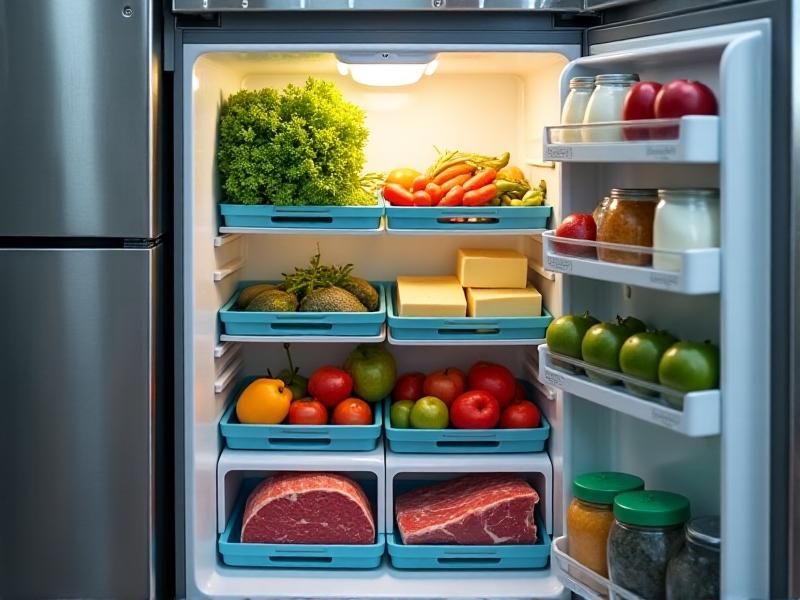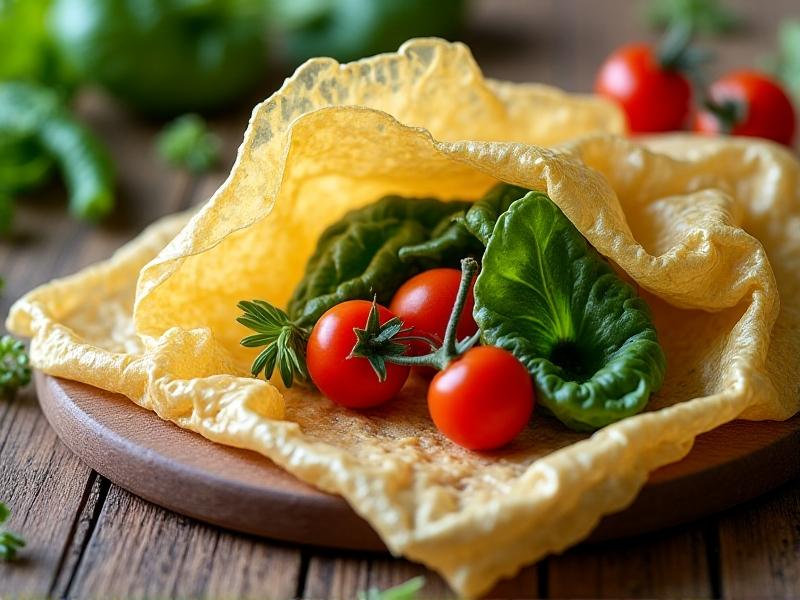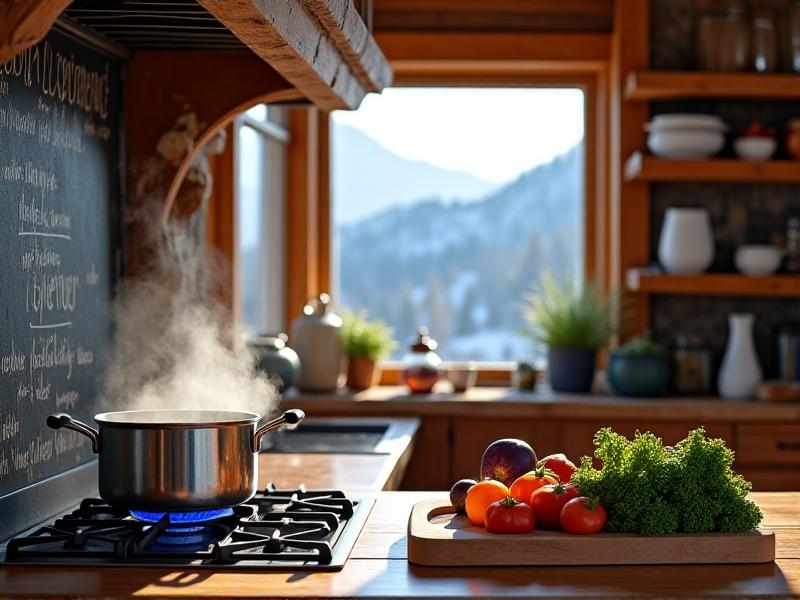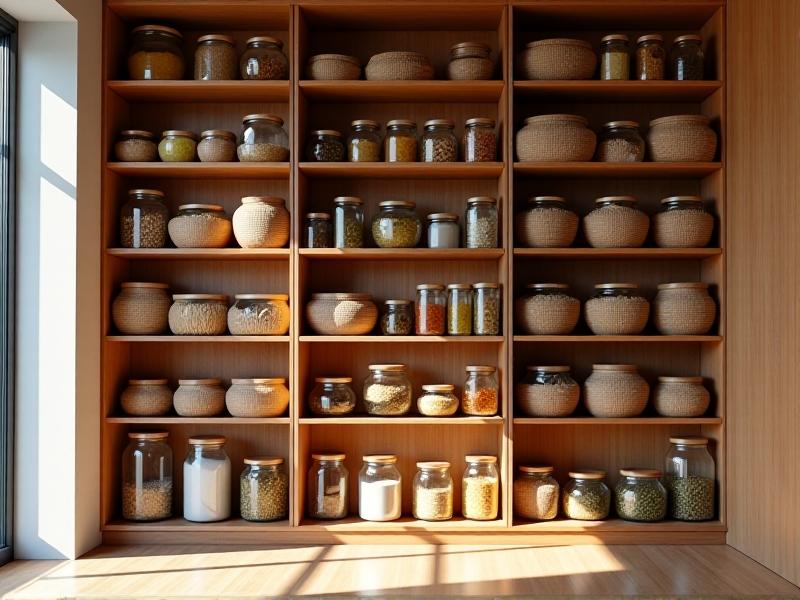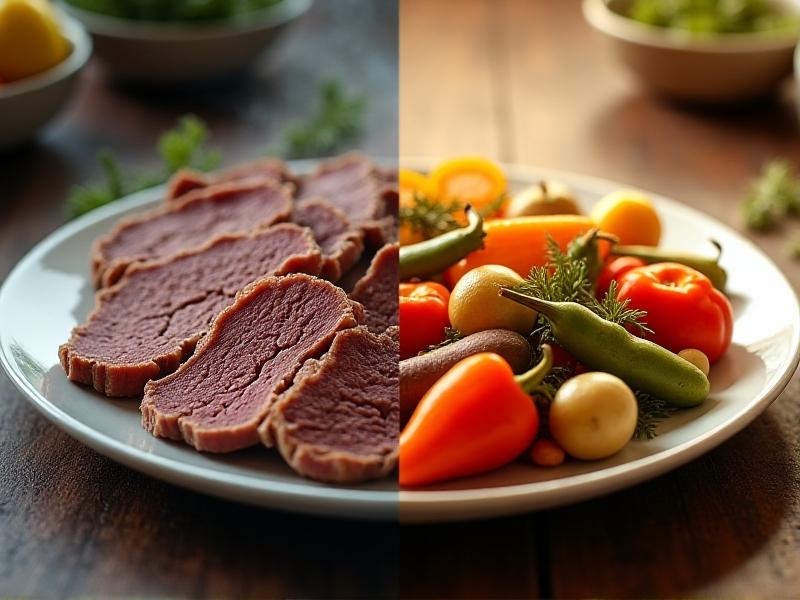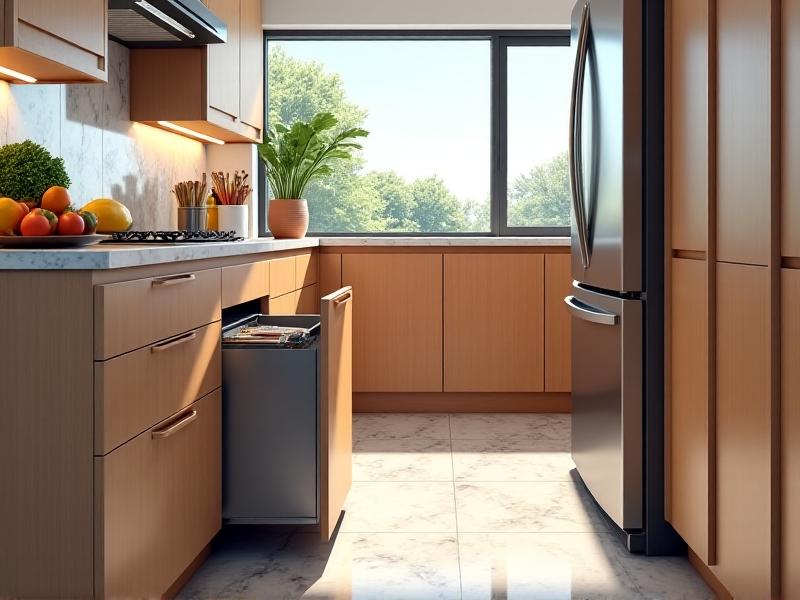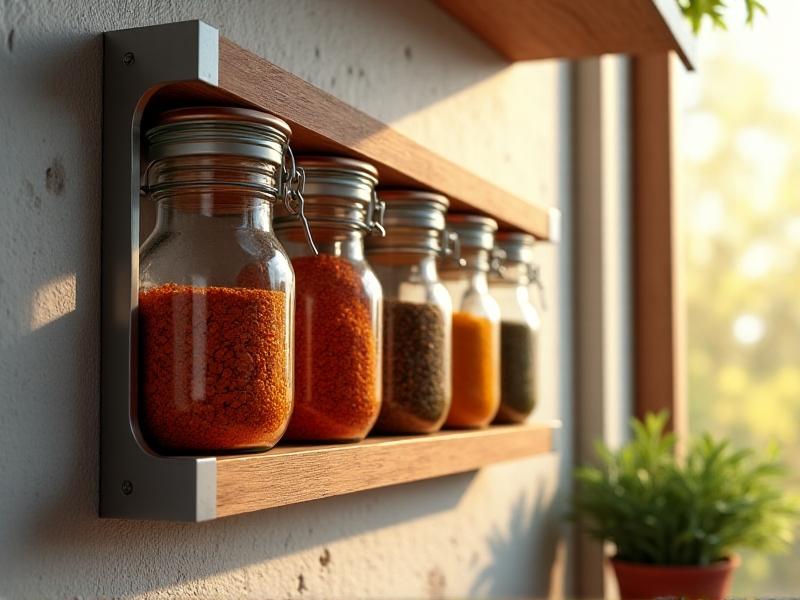Foldable Cookware Set Comparisons
The Rise of Foldable Cookware: Why Compact Kitchen Solutions Are Trending
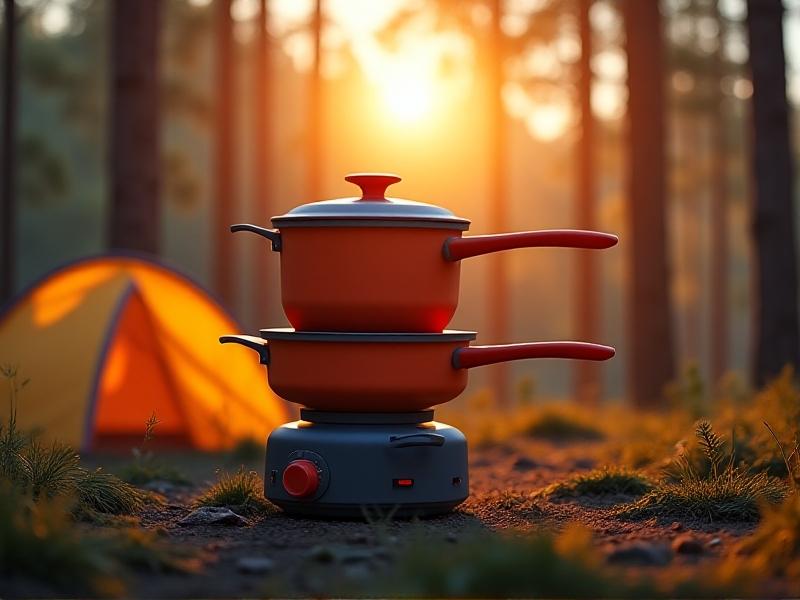
The demand for space-efficient kitchen tools has surged as urban living spaces shrink and outdoor adventures grow in popularity. Foldable cookware, characterized by collapsible pots, nesting pans, and compressible utensils, addresses both the minimalist homeowner and the avid camper. These sets often utilize innovative hinges and flexible materials, allowing them to flatten or stack into fractions of their expanded size. The trend reflects a broader shift toward multi-functional, travel-ready products that don’t sacrifice performance for portability.
Key Features to Compare in Foldable Cookware Sets
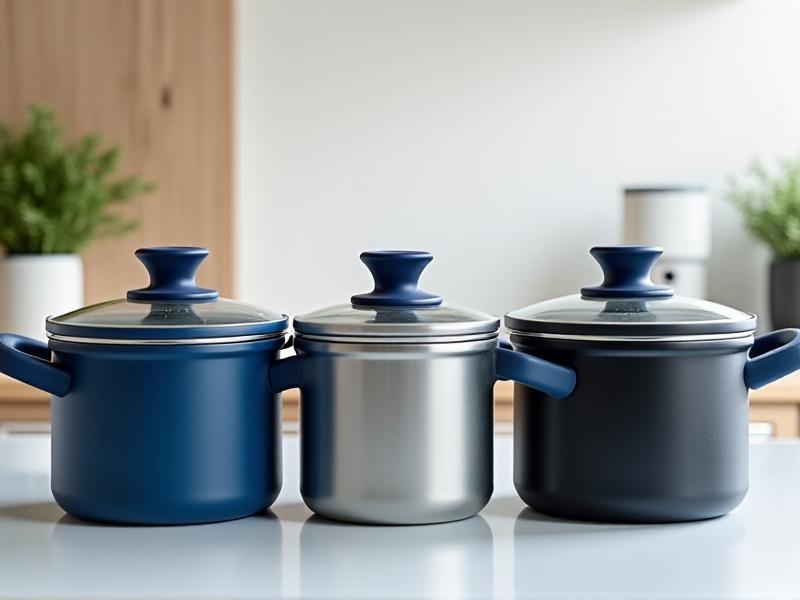
When evaluating foldable cookware, prioritize material durability, weight, packability, heat distribution, and ease of cleaning. Silicone-dominated sets excel in weight savings but may lack stovetop stability, while stainless steel offers robustness at the cost of added bulk. Features like locking mechanisms, detachable handles, and compatibility with induction cooktops further differentiate products. Assessing these elements ensures the set aligns with your cooking habits and storage constraints.
Material Showdown: Silicone vs. Stainless Steel Performance
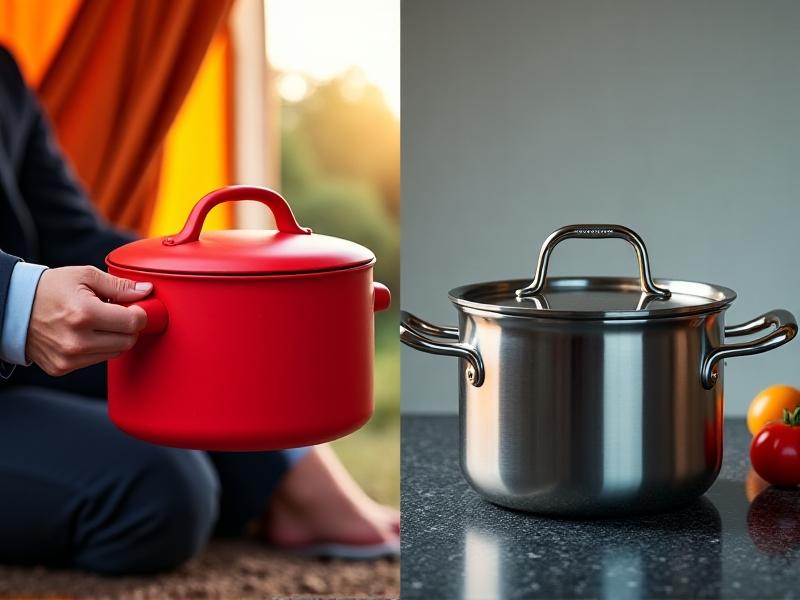
Silicone’s lightweight, non-stick properties make it ideal for backpackers, though its maximum heat tolerance (typically 400°F) limits high-sear cooking. Stainless steel, while heavier, withstands higher temperatures and offers even heating for versatile meal prep. Hybrid designs marry stainless bases with silicone collapsible walls, attempting to balance strength and portability. Consider how often you’ll use high-heat methods like frying versus boiling when choosing materials.
Portability Face-Off: Weight, Packability, and Travel-Friendly Designs
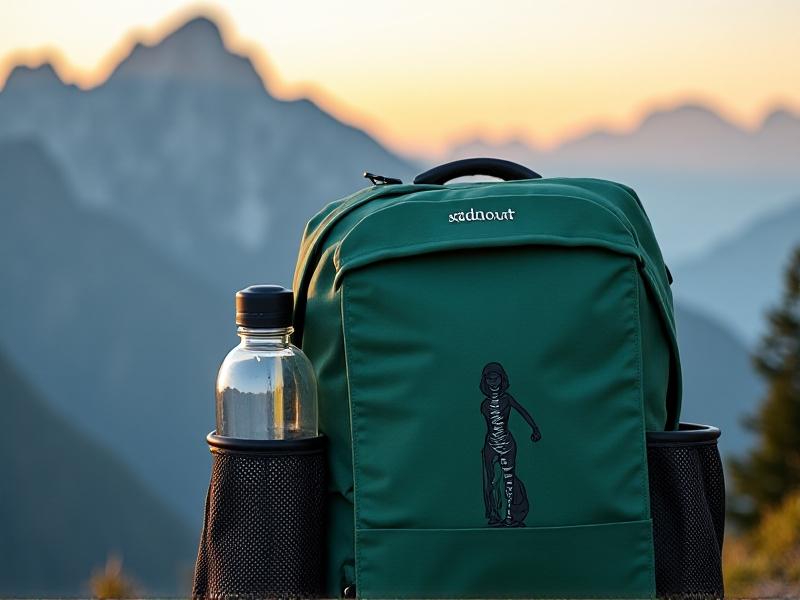
Ultralight campers prioritize sets under 1 pound, often made of thin silicone or titanium. Urban users might tolerate slightly heavier options for added durability. Look for nesting capabilities—some pots tuck bowls and lids into a single unit, saving 60% more space than traditional cookware. Features like carabiners or stuff sacks enhance mobility, while rigid handles vs. foldable ones impact packed dimensions.
Heat Resistance and Durability: What Your Cookware Can Handle
High-quality silicone resists warping at 400°F, but direct flames can scorch it. Stainless steel handles open-flame cooking and induction stoves, though thinner gauges may develop hot spots. Check for reinforced seams and hinge durability—weak points in poorly constructed sets. Brands like GSI Outdoors use hard-anodized aluminum for lightweight heat conduction, while MSR’s Flex Skillet features a non-stick coating for easy cleanup.
Top 5 Foldable Cookware Brands Compared
Sea to Summit dominates the ultralight category with silicone sets like the Alpha Pot. GSI Outdoors offers durable hard-anodized options for car campers. MSR ’s FlexLine series balances backcountry and home use, while G4Free provides budget-friendly picks. Snow Peak caters to luxury buyers with titanium designs. Each brand varies in warranty support, replacement part availability, and eco-conscious manufacturing.
Matching Sets to Lifestyles: Campers vs. Urban Dwellers
Backpackers need featherweight, compact kits (under 1.5 lbs) with integrated utensils. Urban users benefit from multi-piece sets with frying pans and steamers that nest neatly in small drawers. Consider storage format—sets with detachable handles or convertible lids (e.g., a lid doubling as a strainer) add versatility. For RV or van life, prioritize heat tolerance and larger capacities.
Real-World Feedback: User Reviews and Common Complaints
Positive reviews highlight space savings and surprising durability. Frequent complaints include flimsy handles (especially in low-cost silicone sets), lids without vents causing spills, and difficulty scrubbing stains from textured surfaces. Many note that cheaper models struggle with even heating. Verified buyers emphasize checking return policies before purchasing.
Care and Maintenance: Keeping Your Collapsible Cookware Like New
Hand-wash silicone with mild soap to preserve non-stick coatings; avoid abrasive pads. For stainless steel, remove food residue promptly to prevent staining. Dry thoroughly before collapsing to inhibit mold. Store sets partially open if possible—constant compression can weaken hinges. Periodic checks for material fatigue (cracks, loose rivets) prolong lifespan.
The Future of Foldable Kitchenware: Emerging Trends to Watch
Expect hybrid materials like carbon-fiber-reinforced silicone for enhanced heat resistance. Modular systems with interchangeable parts could reduce waste, while integrated sensors might monitor temperature or oil levels. Sustainable production methods, including recycled marine-grade silicones, are gaining traction as eco-awareness drives innovation in compact kitchen tech.
